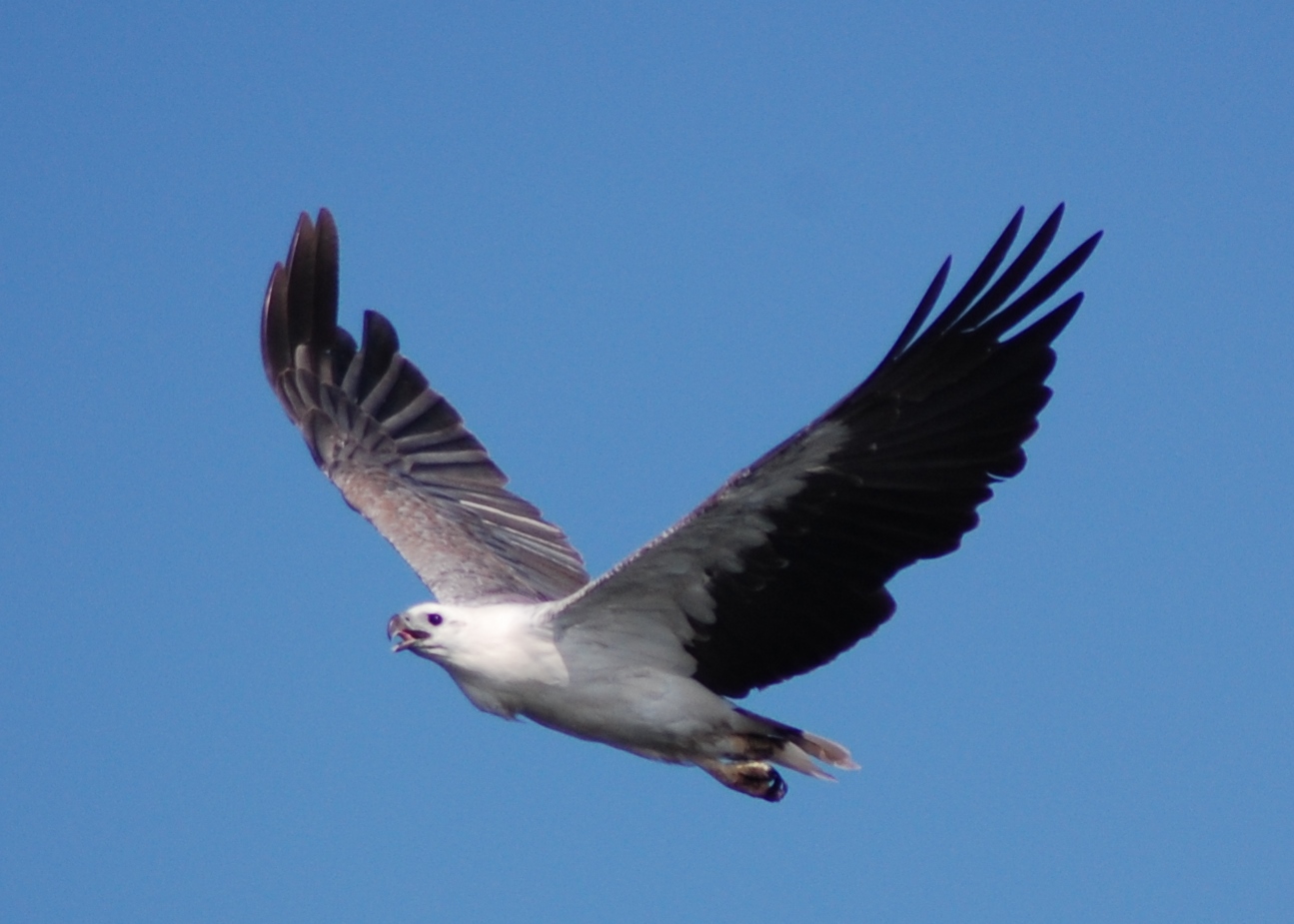
White-bellied Sea-eagle
Spring is breeding season for the majestic White-bellied Sea-eagles in the Gippsland Lakes and this year it’s also time for a once in a decade survey to track the vulnerable species over the long term.
As part of the Love Our Lakes program DEECA, in partnership with BirdLife Australia, is monitoring White-bellied Sea-eagle populations.
“White-bellied Sea-eagles are endangered in Victoria which makes these surveys very important. There are records of approximately 50 nests across the Lakes – we are not sure if all are still active,” said Dr Bradley Clarke-Wood, Wetland Bird Program Coordinator for BirdLife Australia, who is implementing the surveys.
Access to nest sites will generally be by bushwalking or by boat on waterways with nests being observed from a distance. Previously used nest sites will be re-surveyed as a priority and potential new nests will be identified through reoccurring sightings of the sea-eagles.
Monitoring has just begun and will conclude in mid-summer 2024, with surveys planned to be repeated in 2024-25.
White-bellied Sea-eagles produce one to two eggs between June and September which are then incubated for approximately six weeks. When the eggs hatch, adult birds regularly attend the nest to supply the chicks with food. Chicks will fledge from the nest when they are between 10 and 12 weeks old.
“October to December are the most important months for surveying known nest sites. As part of the survey we will record active nests being used by breeding pairs, and note the number of young in the nest,” said Bradley.
Bradley and team would love to hear from the community about the locations of suspected White-bellied Sea-eagle nests, or regular sightings of the birds.
“We welcome sighting information from the community across the Gippsland Lakes and as far east as Mallacoota. We ask people to visit and observe the nest once, and then go back two weeks later to confirm if the nest is active,” said Bradley.
“The eagles are sensitive to disturbance by humans, so it is important that observers employ ethical birding – that is observing from a distance and moving away immediately if the adults appear disturbed.”
This project is part of a $248 million investment by the Victorian Government to improve the health of waterways and catchments. Of this, $7.5 million is being provided to improve the health of Gippsland Lakes over three years (2021-2024), through support to the Gippsland Lakes Coordinating Committee and for the delivery of on-ground works and community engagement.
Full details of how to get involved and of all the Gippsland Lakes projects